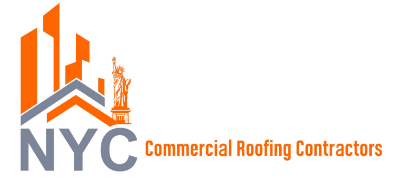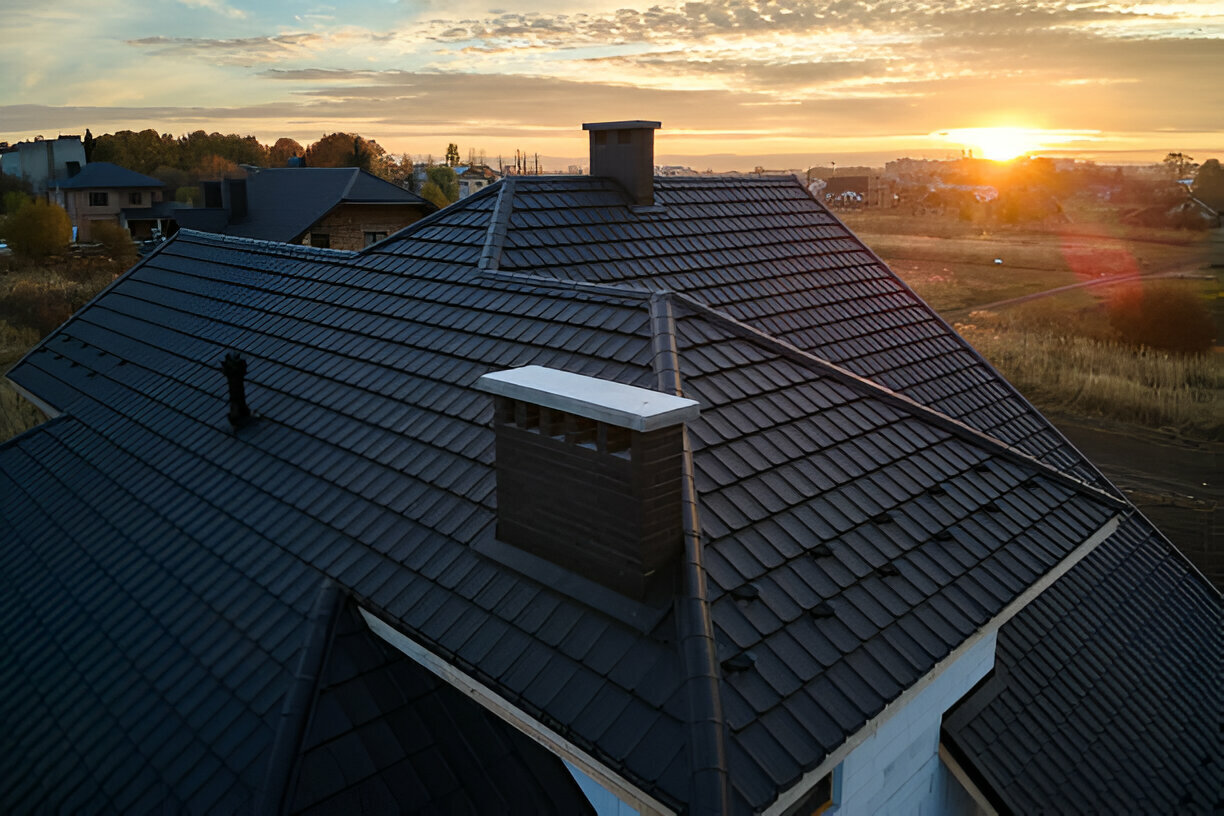Roofs are one of the most predominantly visible and structurally crucial elements of any house. They are the main structural component providing a durable layer of protection to everything beneath them. But this protection comes at a cost, as it significantly reduces the lifespan of the roof. Generally speaking, the lifespan of the roofs depends greatly upon the given key factors
- Quality of its construction
- Material
- Weather condition
- Level of maintenance
Replacing the roof becomes necessary once it has passed its prime efficiency period. Repairing such a roof will only act as a temporary solution that fails to mitigate the root cause of the damage.
Failing to replace your roof timely can hinder its capacity to resist moisture infiltration which can result in a host of moisture related issues. For instance, excessive moisture infiltration can result in dampness and also cause many structural issues. Replacing your roof timely is the best way to avoid all these damages and their expensive repairs.
In this article, we’ll delve into the factors that affect the lifespan of a roof and all the signs that indicate a roof replacement.
Factors Affecting Roof Lifespan
1. Roof Materials
Not all roofing materials are identical. Different types of roofing materials have distinct features and damage resistance properties. As a result, the material you choose for your roof will have a significant impact on when you should replace it. For example, asphalt shingles, the most used roofing material in the United States, have an average lifespan of 15-25 years. Metal roofs are the finest option for roofing with increased longevity and durability, with lifespans ranging from nearly 40 to 75 years.
Other less frequent roofing materials include slate and wooden shingles, which have typical lifespans of 75-100 years and 30-40 years, respectively.
2. Climate and Weather
Roofs are always exposed to the climate of the area they are installed. Harsh weather conditions such as scorching heat, heavy rainfall, hail, snow, and heavy winds can significantly reduce the life span of the roofing materials. Besides, large temperature fluctuations also put a lot of wear and tear on the roofs. For example, it can damage the rubber gasket around the vent pipes and flashings around skylights and chimneys. Presenting the need for a timely roof replacement.
3. Installation Quality
One of the most crucial steps for enhancing the longevity of the installed roof is to make sure that it is installed properly. Because only a properly installed roof can ensure that a roof operates optimally throughout its lifespan. The best way to ensure the proper installation of the roof is to hire a professional roofing contractor who has years of experience under his belt. A botched roof installation can turn into a nightmare – leaks ruining your inventory, energy bills skyrocketing, and the entire roof needing replacement sooner than expected.
4. Maintenance
The lifespan of your roof is partly determined by how regularly you repair it. Regular maintenance, without a doubt, extends the life of your roof significantly. Simple tasks like clearing garbage, looking for damage, and resolving minor concerns as soon as possible can help to avoid larger difficulties in the future. Keeping an eye on the condition of your roof and doing routine maintenance can help it last longer.
Signs Your Roof Needs Replacing
Here are some common signs that indicate that your roof needs a replacement
1. Visible Damage
It is the most obvious damage type in any roof and includes problems such as missing shingles, cracks, and curling at the edges. For metal roofs, these types of damages may include rust or dents. Therefore, always pay special attention to areas like chimneys, vents, pipes, and around flashings as these are most commonly prone to damage.
- Leaks
Water stains on the ceilings and walls are an indication of a leaked roof. these stains indicate that your roof's water resistance has been considerably reduced.
3. Sagging Roof Deck
A sagging roof indicates structural issues in the roof. there may be multiple reasons for sagging but the most common reasons include moisture damage, overloading of roof, or the deterioration of roof rafters.
4. Increased Energy Bills
If you have started to experience an increase in your overall energy bills, there are chances that it can be due to a damaged roof. After its prime period, even a well-maintained roof starts losing its insulating properties, which ultimately results in increased utility bills.
Conclusion
A new roof provides you with all the benefits described above. Not only it strengthen the protective shield above your home but also plays a major role in enhancing its aesthetic appeal. The roof is the very first thing that a visitor notices even before he enters in your house. Having a well-maintained roof can leave a good impact on the visitor, increasing the odds of turning him into a potential customer. Therefore, if you also want to avail all these benefits, then opt for a roof replacement.

